
1. Volume boost
Do you find yourself cranking up the volume on your TV or radio, maybe even to the point where others complain it’s too loud?
Hearing loss, not to be confused with deafness, is when the sound signals from outside sources are not processed properly by the brain. Often it occurs gradually, but there are some cases when it will occur suddenly, and some people are even born with it.
Often, it’s those closest to us who notice signs of hearing loss, if occurred gradually, before we do, but there are some clues we can keep an eye out for that might suggest it’s time for a hearing check.

Do you find yourself cranking up the volume on your TV or radio, maybe even to the point where others complain it’s too loud?

If you’re often asking people to repeat themselves, or if others find themselves having to say things multiple times before you catch on, it could be a sign of hearing trouble.
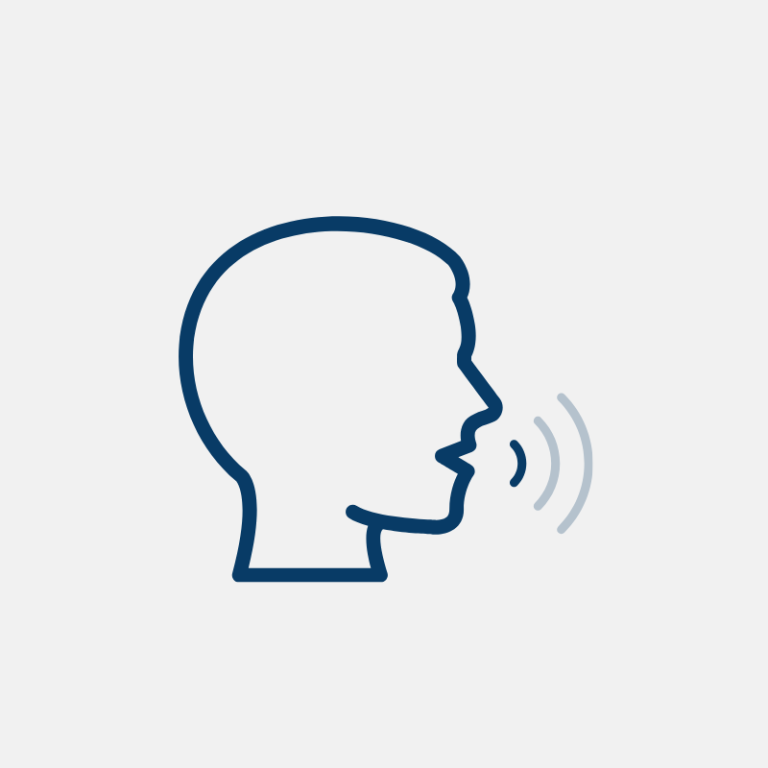
Ever feel like everyone around you is mumbling? It might not be them – it could be that certain sounds in speech are becoming harder for you to pick out clearly.

People with hearing issues often prefer facing whoever they’re talking to. Watching their lips and expressions helps them understand better.

Phone calls can be a real struggle if you rely on seeing someone’s face to understand them. This can be tough for both sides and might lead to avoiding calls altogether.

If you find yourself steering clear of noisy places or social gatherings, it could be because all that background chatter makes it even tougher to follow conversations. So, even a simple dinner table chat can feel pretty isolating.
If you’re concerned about your hearing, start with our online hearing test. It’s quick, easy, and available anytime. However, please note that it cannot replace a professional diagnosis.
For a detailed and accurate assessment, book a free hearing test with one of our expert audiologists. Regular hearing checks help detect changes early, ensuring you get the right support when needed.
Hearing loss is measured in decibels hearing level (dB HL), which indicates the quietest sound a person can hear. The degrees of hearing loss range from normal hearing to profound hearing loss, with each level having distinct effects on everyday communication and quality of life.
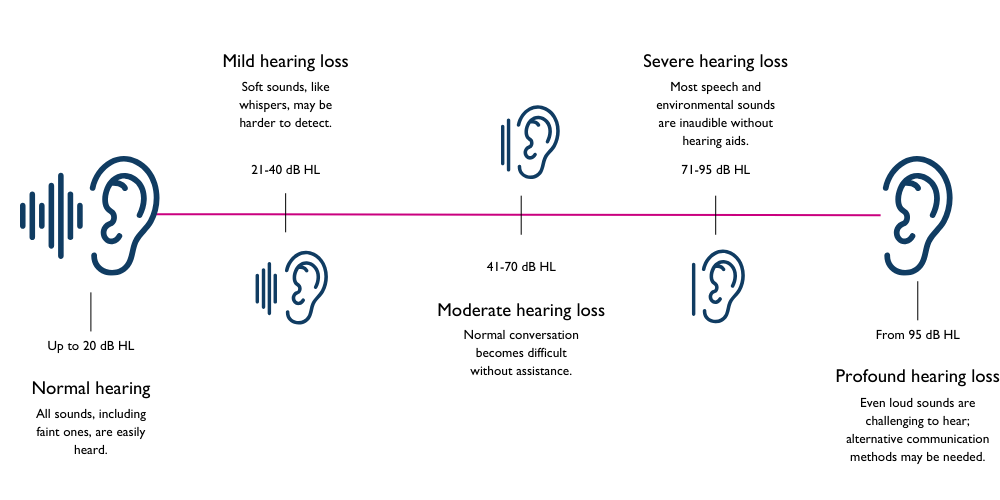
Understanding the degree of hearing loss helps determine the most appropriate treatment and support, ensuring individuals can stay connected to the world around them.
Hearing loss is categorised into different types, each with distinct causes and characteristics. Understanding the type of hearing loss is crucial for selecting the most effective treatment. The two main types are conductive hearing loss and sensorineural hearing loss. In some cases, a person may experience a combination of both, known as mixed hearing loss.
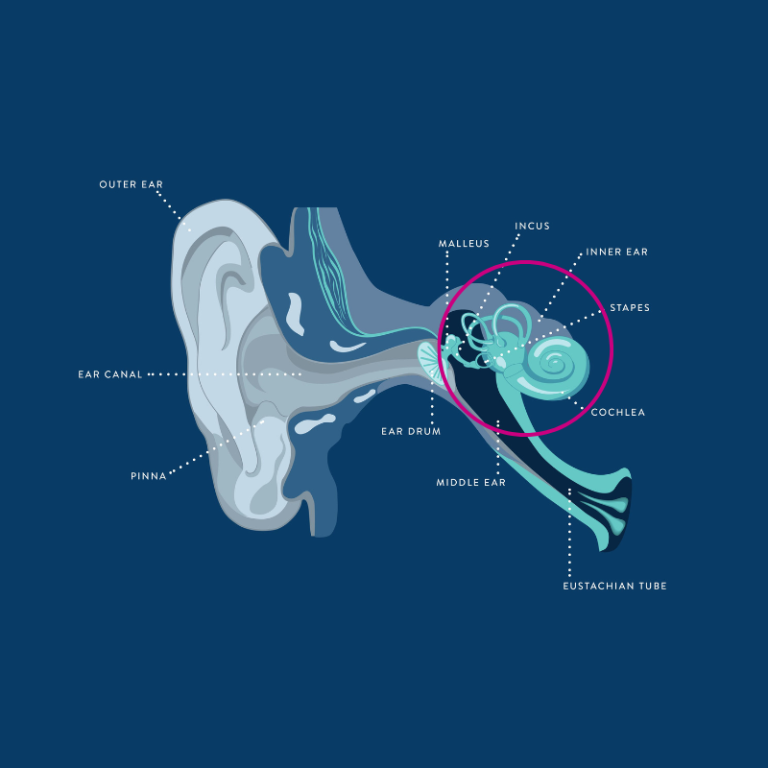
This type of hearing loss happens when there’s damage to the inner ear or cochlea. It could be congenital, but it’s often linked with ageing, exposure to loud noises, or the use of certain medications.
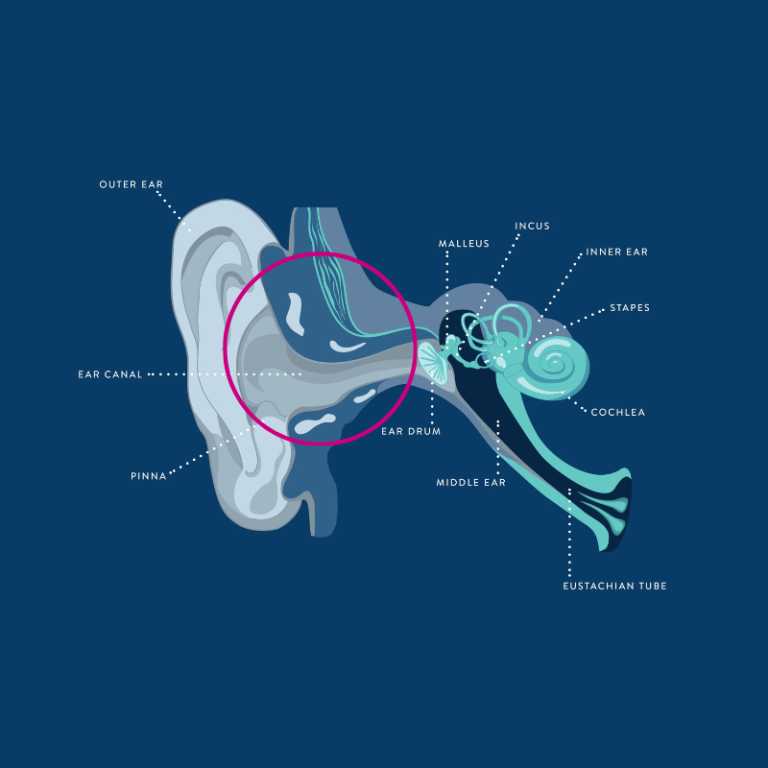
Conductive hearing loss is usually due to something blocking the ear canal, like earwax or foreign objects. It can also be caused by damage to the eardrum or issues with the middle ear bones.
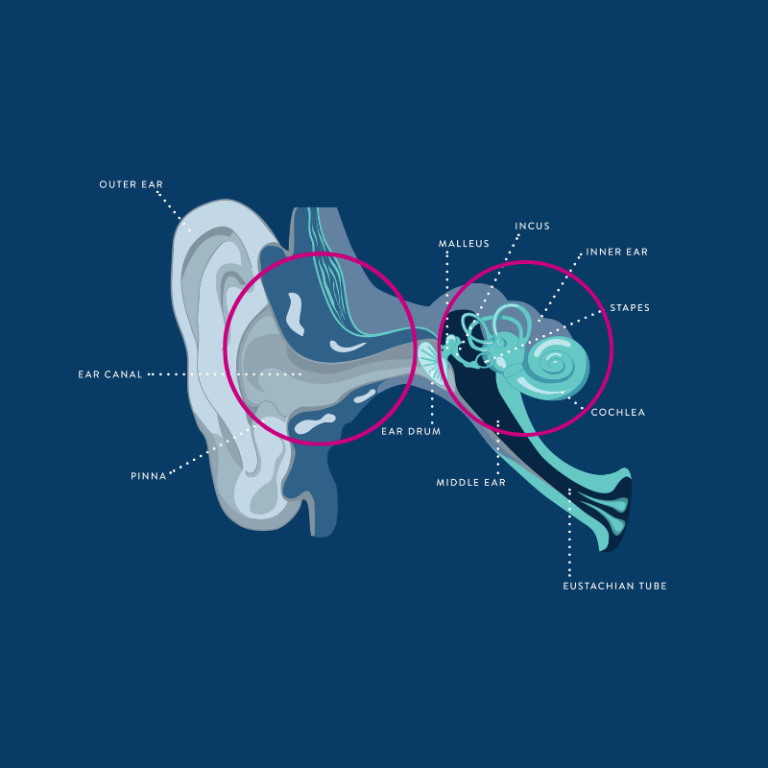
Mixed hearing loss is when someone experiences a combination of both sensorineural and conductive hearing loss.
Hearing loss is a common issue, affecting around one in six people by the time they reach their 60s, with over nine million people in the UK dealing with it today. While it’s often a natural part of ageing, modern advancements in hearing technology and tests make managing it easier. Our goal is to help you navigate through hearing loss and its impact on your daily life.
But age isn’t the only culprit. There are various factors – some within our control and some not – that can lead to hearing loss. Here are some of the most common causes:
If you’re worried about your hearing or ear health, don’t hesitate to contact an audiologist at your local branch or book a free hearing assessment online.
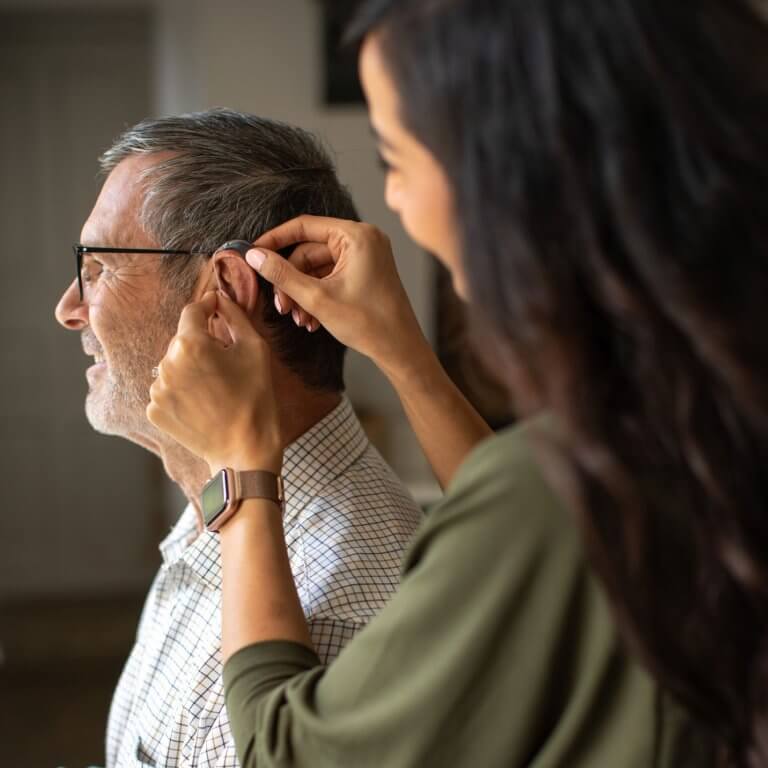
When it comes to treating hearing loss, our audiologists will work with you to find the best solution based on:
While hearing loss isn’t always avoidable, there are steps you can take to protect your hearing. Reducing exposure to loud noises, using ear protection, and keeping volumes at safe levels are key preventive measures. Maintaining ear health by treating infections and scheduling regular hearing check-ups can also help detect and address issues early.
At The Hearing Care Partnership, we’re here to help you safeguard your hearing. From free hearing tests to personalised care and ongoing support, our services are designed to keep your hearing in the best possible condition.

At The Hearing Care Partnership our free full hearing assessment will give you a comprehensive and detailed overview of your hearing and hearing health, performed by our professional and caring audiologist.
FREE
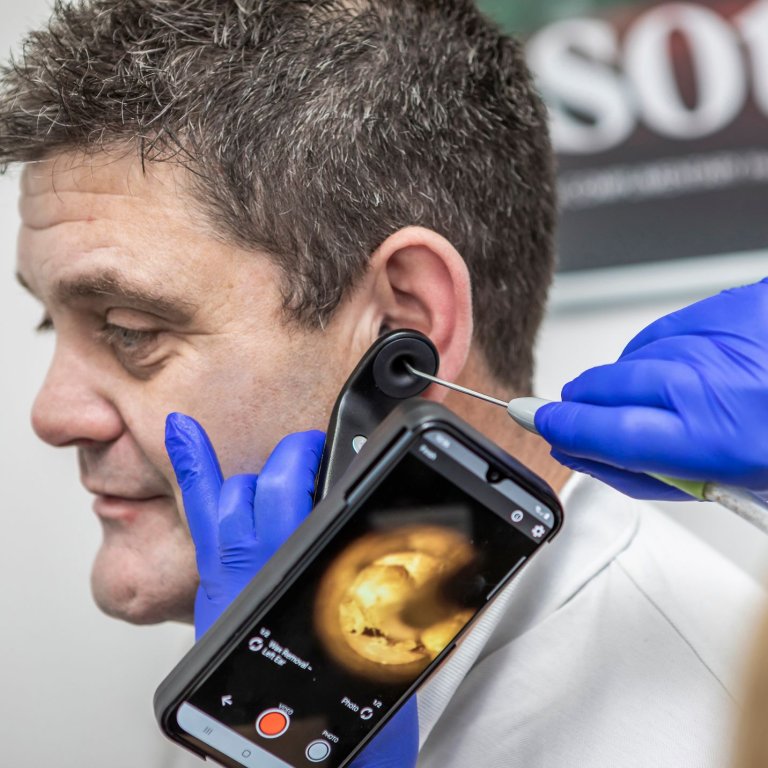
Our ear wax removal service uses the latest and safest methods to remove excess wax to help you hear clearly again, as well as this you’ll also receive a quick hearing health check for that added peace of mind.
£70

Discover advanced hearing solutions tailored to you. Our expert audiologists provide custom-fit, invisible aids with Bluetooth tech. Plus, enjoy year-round aftercare for optimal hearing health.

Whether it’s for work or a hobby, our expert audiologists can help you find the perfect hearing protection solution to suit your individual needs.
£30 redeemable against purchase

For those affected by tinnitus, we offer a free consultation to help you better manage your condition and reduce the impact it can have on daily life.

Worried about your hearing? Take our 5-minute free online hearing test to find out about your hearing health.